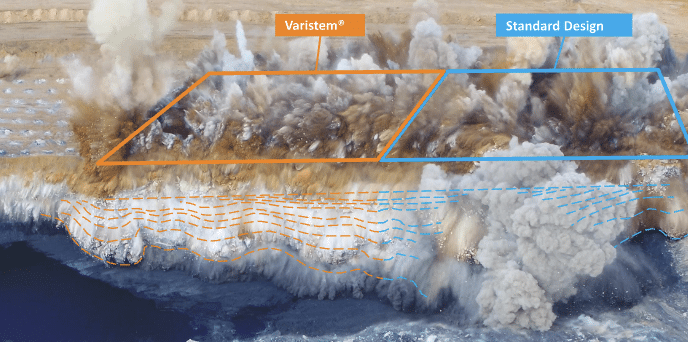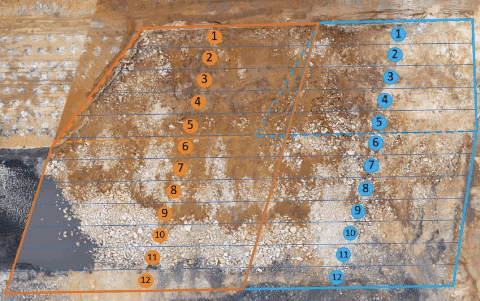
Varistem® Stemming Plug Pilot Project at a South African Underground Platinum Mine
Introduction and Project Background ERG Industrial conducted a Varistem® stemming plug pilot project at a South African underground platinum mine between May 2024 and June
















